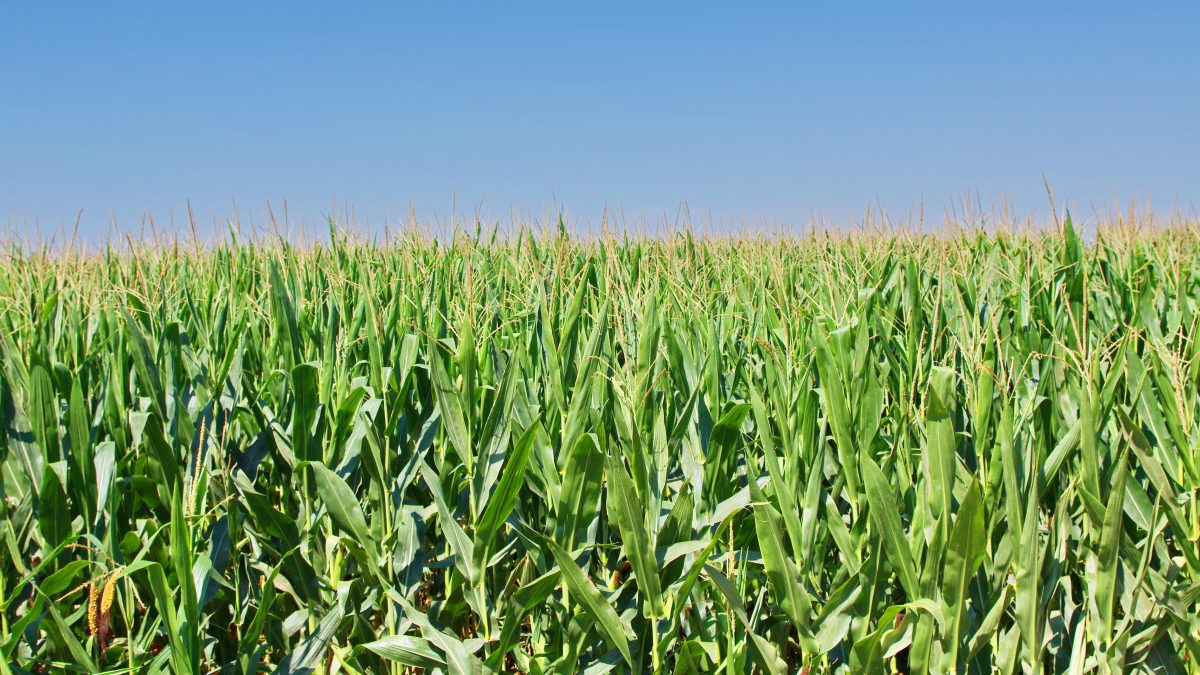Field vs. Sweet corn! It’s a Corn-Undrum!
Dawn Smith-Pfeifer

photo credit: Arkansas Farm Bureau, used with permission.
Not all corn is created equal. The yummy corn-on-the-cob that graces our summer barbecues, isn’t the same as that mysterious corn that stays in fields and dries up well after summer is over.
There are other kinds of corn, but this column explains the differences between field corn and sweet corn.
Taste
Sweet corn is just that. Sweet. It’s the corn we’ve all grown to love and crave during warm days and family gatherings. But what makes sweet corn so special? The answer lies in its sugar content.
Unlike its distant relative, field corn, sweet corn is harvested at the peak of its sugar development. This means that it’s full of natural sugars, making it a delightful treat to eat straight off the cob or as a tasty addition to a variety of dishes.
Field corn, the unsung hero of the corn world, plays an essential role in our daily lives. Unlike sweet corn, field corn is allowed to dry down on the stalks before it is harvested. It is grown primarily for its starchy content, making it a versatile ingredient used in a multitude of products.
From your breakfast cereals to the tortillas that wrap your favorite burrito, field corn is the backbone of countless food items. It’s also an essential ingredient in livestock feed, supporting the poultry, cattle and swine industries. Next time you enjoy a warm tortilla, remember to salute the mighty field corn for its behind-the-scenes work in bringing us so many delicious and essential products!
While the differences between field corn and sweet corn are huge, the fact that we rely on both to keep us fed is not.
Appearance
One of the easiest ways to tell sweet corn and field corn apart is their appearance. Sweet corn has plump, vibrant, kernels arranged tightly and neatly on the cob. Sweet corn kernels can range from pale yellow to deep gold.
Field corn – also called dent corn – is a bit more modest in its appearance. It often has a mix of colors, ranging from pale yellow to darker hues and sometimes even a deep shade of orange. Field corn kernels are more spaced out on the cob and look dry and dented compared to sweet corn’s plump and juicy kernels.
Harvest
Sweet corn is harvested when the kernels are in their prime, fully developed and sweet. It’s a race against time because, once those sugars start converting to starch, the taste changes and it loses its sweetness. For this reason, sweet corn is usually picked when the husks are still green, and the tassels (the hair-like strands) are brown.
Field corn, however, has a more extended stay on the stalk. It is left in the field until the kernels dry and harden, allowing it to reach maximum starch content. The harvesting of field corn typically occurs in the fall, long after sweet corn season has passed.
Popularity
Most of the corn you see in fields is, well, field corn. On an acre-by-acre basis, field corn would win the popularity contest, even if most consumers aren’t that familiar with it. Field corn’s primary use as an ingredient in processed foods, animal feed and industrial products keeps it out of the limelight. Nonetheless, we owe a debt of gratitude to this grain gladiator for its behind-the-scenes contributions.
While the differences between field corn and sweet corn are huge, the fact that we rely on both to keep us fed is not. Both are corn-tastic in their unique ways, adding flavor and substance to our lives.
Stay corny, friends!